
Nature has evolved countless defense mechanisms across the animal kingdom, from camouflage and mimicry to toxic secretions and physical adaptations. But perhaps none are as dramatic or chemically sophisticated as the bombardier beetle’s explosive defense system. These remarkable insects literally blast their predators with a hot chemical spray, produced through a controlled explosion inside their bodies. This extraordinary defense mechanism represents one of evolution’s most impressive engineering feats, combining complex chemistry, specialized anatomy, and split-second timing to create a truly explosive escape strategy.
The Bombardier Beetle: Nature’s Walking Chemical Weapon

Bombardier beetles belong to the ground beetle family Carabidae, specifically within the subfamily Brachininae, which includes over 500 species distributed worldwide. These unassuming insects, typically measuring between 5-20mm in length, possess an outwardly ordinary appearance with their reddish-brown to black coloration and oval-shaped bodies. Despite their conventional exterior, these beetles harbor an extraordinary internal defense system unlike anything else in the insect world. When threatened, they can produce precisely aimed explosions from their abdomens that reach temperatures of nearly 100°C (212°F), effectively deterring even the most determined predators. This remarkable adaptation has fascinated scientists for decades and represents one of the most sophisticated chemical defense mechanisms in the animal kingdom.
The Chemistry Behind the Explosion
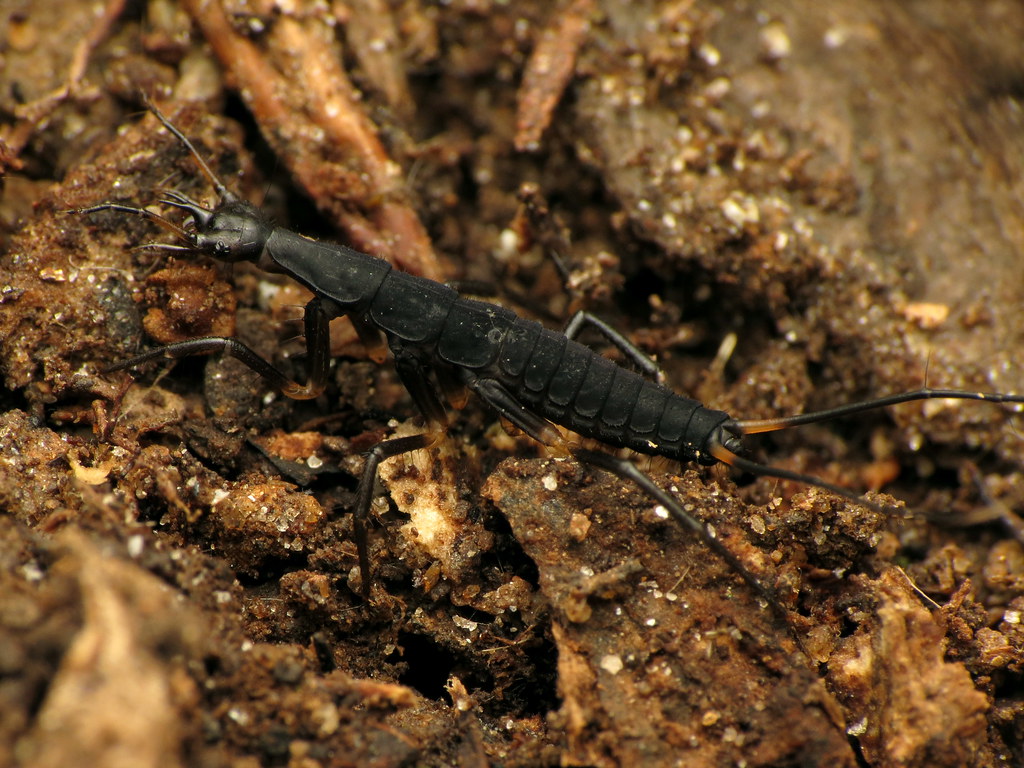
The bombardier beetle’s explosive defense involves a precisely controlled chemical reaction that would impress any laboratory chemist. Inside the beetle’s abdomen are two separate chambers: one contains hydroquinones and hydrogen peroxide (stored separately from each other), while the adjacent reaction chamber contains specific enzymes including catalases and peroxidases. When threatened, the beetle mixes these chemicals in the reaction chamber, triggering an exothermic reaction that rapidly heats the mixture to near-boiling temperatures. This reaction creates benzoquinones, highly irritating chemicals that effectively repel predators. The most remarkable aspect is the beetle’s ability to precisely control this potentially dangerous reaction within its own body without suffering damage, a feat of evolutionary engineering that scientists are still working to fully understand.
Anatomical Adaptations for Explosive Defense

The bombardier beetle’s internal anatomy has evolved specific modifications to accommodate its unique defense system. The abdomen contains a pair of reaction chambers with remarkably thick, pressure-resistant walls capable of withstanding the explosive forces generated within. Each chamber connects to the outside world through a specialized movable turret-like appendage that allows the beetle to aim its spray with surprising accuracy in almost any direction, including over its back. The beetle’s internal valve system carefully controls the mixing of the reactive chemicals, ensuring they combine only when needed for defense. Perhaps most impressive is the beetle’s specialized exit nozzle, which has evolved to withstand the heat and pressure while efficiently directing the spray toward threats, demonstrating how thoroughly evolution has refined this complex defense system over millions of years.
The Explosive Ejection Mechanism

When the bombardier beetle unleashes its defensive spray, the result is no gentle mist but rather a high-powered ejection that truly deserves the term “explosion.” The chemical reaction occurs in rapid-fire pulses rather than a continuous stream, with each pulse creating an audible popping sound. High-speed photography has revealed that these discharges occur at a remarkable frequency of about 500 pulses per second, creating what appears to be a continuous spray. The ejection leaves the beetle’s body at a velocity of up to 20 miles per hour (32 km/h), with enough force to startle and repel predators much larger than itself. Scientists using sophisticated thermal imaging equipment have measured the spray temperature at approximately a scalding 100°C (212°F), hot enough to cause immediate pain to any predator unfortunate enough to be targeted.
Evolutionary Development of the Defense Mechanism
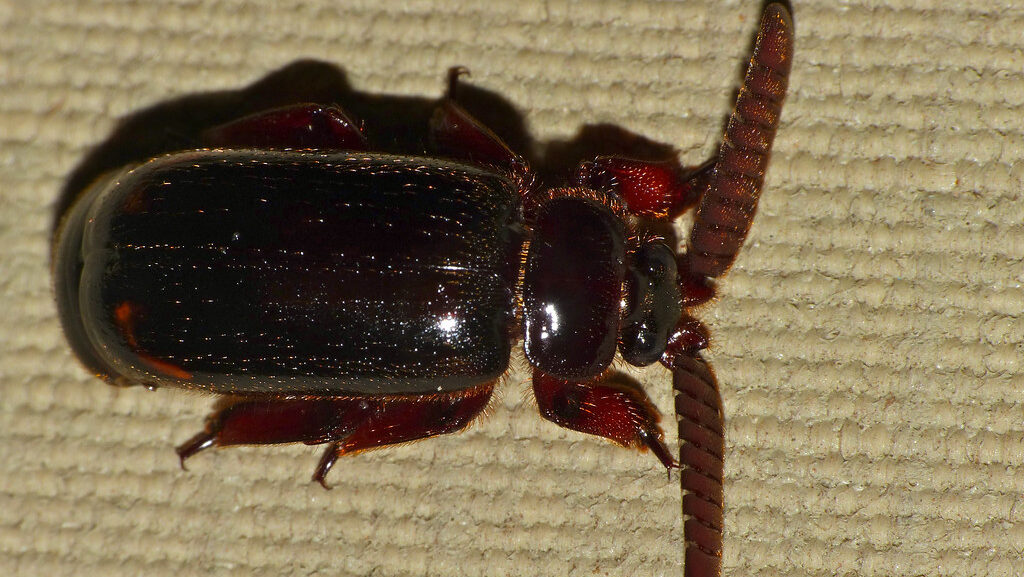
The bombardier beetle’s explosive defense didn’t appear overnight but evolved gradually through a series of increasingly complex adaptations. Evolutionary biologists believe this remarkable system developed from more basic chemical defenses found in other beetle families. The earliest ancestors likely produced simple quinone secretions without the explosive delivery mechanism. Over millions of years, separate storage chambers evolved to keep reactive chemicals apart, followed by specialized mixing chambers and catalytic enzymes to control the reaction. The final refinements included the development of reinforced reaction chambers to withstand internal explosions and directional nozzles for precise targeting. This step-by-step evolution counters arguments that such complex systems couldn’t evolve naturally, as scientists have identified plausible intermediate stages that would each provide survival advantages.
Precision Targeting Against Predators

One of the most remarkable aspects of the bombardier beetle’s defense is its ability to precisely target its chemical spray at specific threats. The beetle can rotate its flexible abdominal tip nearly 270 degrees, allowing it to aim in almost any direction, including directly forward between its own legs or backward over its head. This targeting precision becomes particularly important when facing predators with vulnerable points, such as spiders and ants, whose eyes and mouthparts are especially sensitive to the caustic spray. Researchers have observed bombardier beetles deliberately targeting the sensitive areas of their attackers, demonstrating not just a random defensive spray but a precisely aimed counterattack. This accuracy significantly enhances the effectiveness of the defense, allowing these relatively small insects to deter predators many times their size through strategic application rather than sheer chemical volume.
The Beetle’s Defensive Behaviors

The bombardier beetle employs its chemical weapon as part of a sophisticated set of defensive behaviors that maximize its survival chances. When initially threatened, the beetle often begins with less energetically costly responses, such as fleeing or remaining motionless to avoid detection. If pursued or captured, the beetle then employs its explosive defense, typically in short, directed bursts rather than depleting its entire chemical reservoir at once. This strategic conservation allows multiple defensive opportunities against persistent predators or if faced with multiple threats in succession. Interestingly, some species display warning coloration – bright orange or red markings that potential predators learn to associate with the unpleasant explosive defense. These beetles have also been observed aggregating in groups, creating a collective defense benefit where predators may learn to avoid similar-looking insects after a single unpleasant encounter with any group member.
Natural Predators and Their Countermeasures
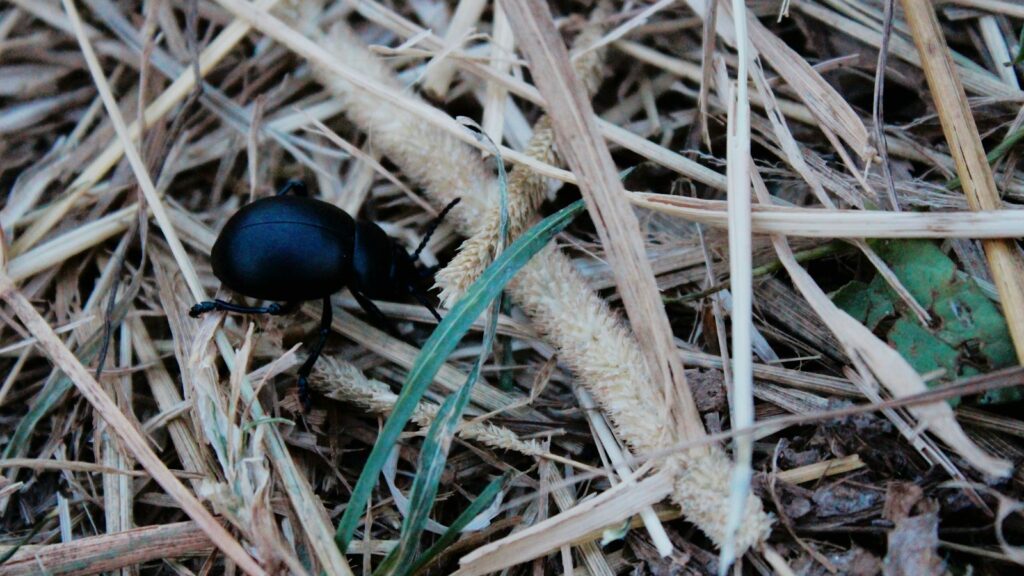
Despite its formidable defense mechanism, the bombardier beetle still faces persistent natural enemies who have evolved countermeasures to overcome the chemical spray. Certain specialized predators, particularly some species of carabid beetles and mantids, have developed techniques to avoid the spray by approaching from specific angles or quickly manipulating the bombardier beetle to prevent accurate targeting. Some frogs and toads have evolved remarkable tolerance to the hot chemical spray, quickly swallowing the beetle before it can deploy its defenses effectively. Perhaps most impressive are certain species of ants that hunt in organized groups, sacrificing a few members to exhaust the beetle’s chemical supply before overwhelmingly the defenseless insect. This evolutionary arms race demonstrates that even the most sophisticated defense mechanisms eventually inspire adaptations from determined predators.
Scientific Research and Discoveries

The bombardier beetle has fascinated scientists for generations, leading to significant research breakthroughs about their unique defense mechanism. In the 1960s, researchers first documented the true temperature and chemical composition of the defensive spray, correcting earlier misconceptions about how the system functioned. More recently, high-speed photography and thermal imaging technologies have allowed scientists to observe the previously invisible pulsed nature of the spray and its precise temperature profile. In 2015, researchers at MIT used advanced imaging techniques to create the first comprehensive three-dimensional models of the beetle’s internal defensive structures, revealing previously unknown anatomical details. Current research continues to explore potential biomimetic applications, with scientists seeking to adapt the beetle’s controlled reaction mechanism for various technological applications from fire extinguishers to fuel injection systems.
Global Distribution and Habitat Preferences
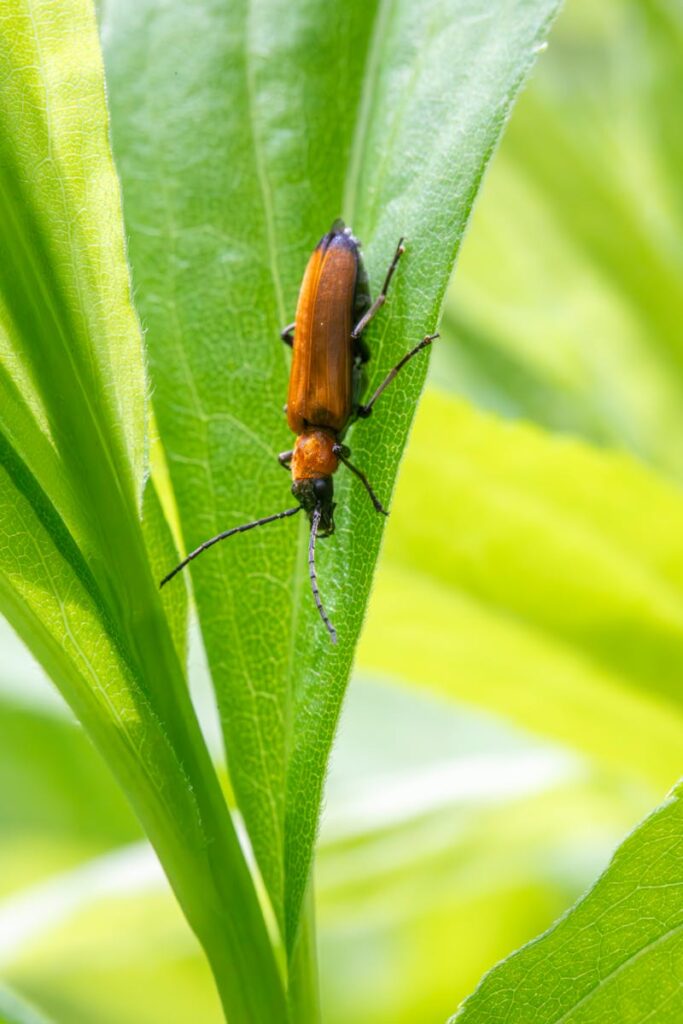
Bombardier beetles have achieved a remarkably widespread global distribution, with species found on every continent except Antarctica. Different species have adapted to thrive in diverse environments ranging from tropical rainforests and temperate woodlands to grasslands and semi-arid regions. Most species show a strong preference for moist microhabitats, typically living under rocks, logs, or leaf litter where humidity remains relatively high. This moisture preference relates directly to their chemical defense system, which requires significant water resources to produce and replenish the defensive chemicals. Certain species show remarkable habitat specialization, with some adapted to living exclusively in cave systems or along the margins of streams and ponds. Despite their widespread distribution, bombardier beetles often maintain relatively small home ranges, rarely traveling more than a few hundred meters throughout their adult lives.
Lifecycle and Reproduction
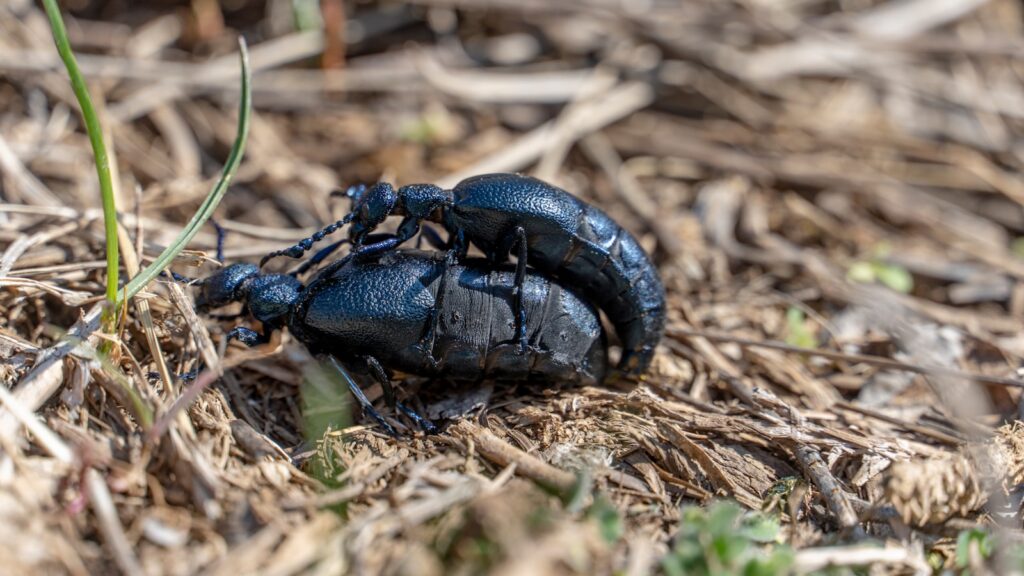
The bombardier beetle’s life cycle follows the complete metamorphosis pattern typical of beetles, progressing through egg, larval, pupal, and adult stages. Female beetles typically lay between 20-40 eggs in moist soil or under protective debris, carefully selecting locations that offer both protection and suitable food sources for the emerging larvae. The larval stage, lasting approximately 3-4 months, involves three to four growth instars where the developing beetle actively hunts smaller invertebrates. Remarkably, the larvae possess their own simplified chemical defense system, though it lacks the explosive delivery mechanism of adults. During the pupal stage, lasting 1-2 weeks, the beetle undergoes its most dramatic transformation, developing the complex chambers and chemical-producing glands necessary for its adult defense system. Adult bombardier beetles typically live 1-3 years, with their defensive capabilities fully functional within 48 hours of emerging from the pupal case.
Biomimicry Applications
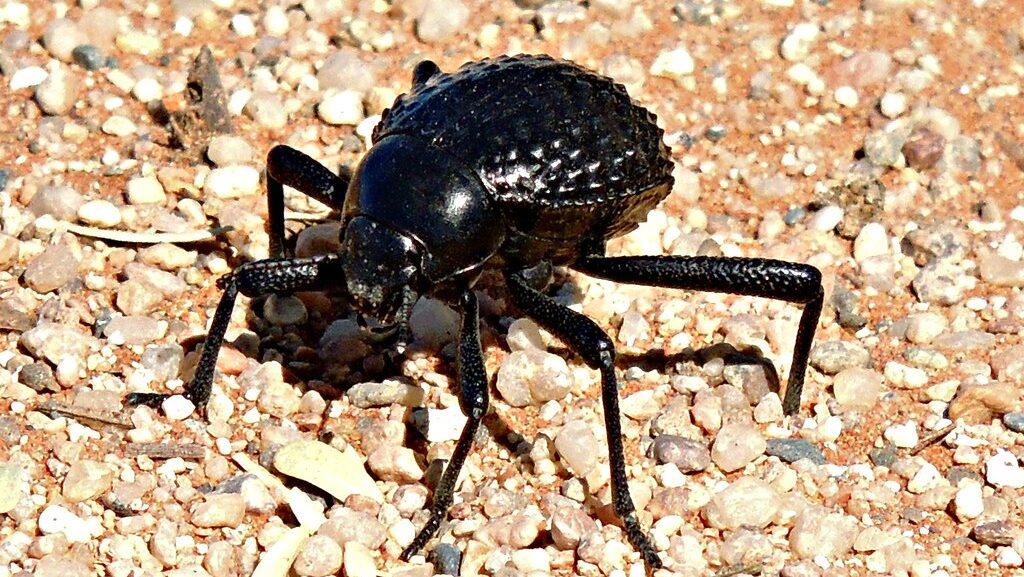
The bombardier beetle’s remarkable defense mechanism has inspired numerous technological innovations through biomimicry—the practice of emulating nature’s designs and processes to solve human problems. Engineers have studied the beetle’s controlled reaction chamber to develop improved fuel injection systems for combustion engines, seeking to replicate the precise mixing and directional spray capabilities. In the medical field, researchers are examining how the beetle’s ability to store reactive chemicals separately might inform new drug delivery systems that mix compounds only at the target site, potentially reducing side effects. Defense technology companies have developed non-lethal spray mechanisms modeled after the beetle’s targeting system, creating more effective pepper spray devices with improved range and accuracy. Perhaps most promisingly, fire safety researchers have analyzed the beetle’s mechanism to design a new type of fire extinguisher that uses less water while delivering more effective fire suppression through controlled, rapid-pulse delivery.
Conservation Status and Environmental Threats
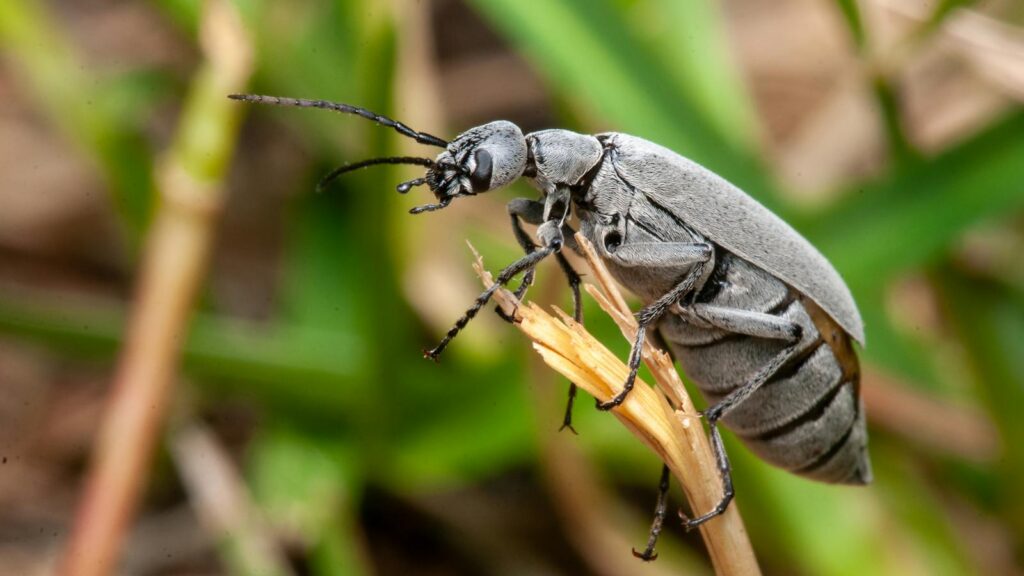
While bombardier beetles as a group are not currently considered endangered, certain species face increasing threats from habitat destruction and environmental changes. The beetles’ preference for specific microhabitats makes them particularly vulnerable to forest clearing, wetland drainage, and intensive agriculture that eliminates the ground cover they depend on. Some species have shown concerning population declines in regions experiencing severe drought conditions, suggesting climate change could impact their ability to produce their moisture-dependent chemical defenses. Water pollution poses another significant threat, as contaminants can accumulate in the beetles’ bodies and potentially disrupt the sensitive chemical processes required for their defense system. Conservation efforts specifically targeting bombardier beetles remain limited, though they benefit indirectly from broader invertebrate conservation initiatives and habitat protection programs that preserve the diverse forest floor ecosystems where many species thrive.
Conclusion

The bombardier beetle stands as one of nature’s most extraordinary examples of evolutionary innovation. Through millions of years of natural selection, these unassuming insects have developed a defense mechanism that combines complex chemistry, specialized anatomy, and precise behavioral responses into an explosive deterrent against predators. As we continue to study these remarkable creatures, they offer not only fascinating insights into evolutionary processes but also inspiration for new technologies through biomimicry. The bombardier beetle reminds us that even the smallest creatures can harbor the most surprising adaptations, demonstrating nature’s boundless capacity for creating elegant solutions to survival challenges.
